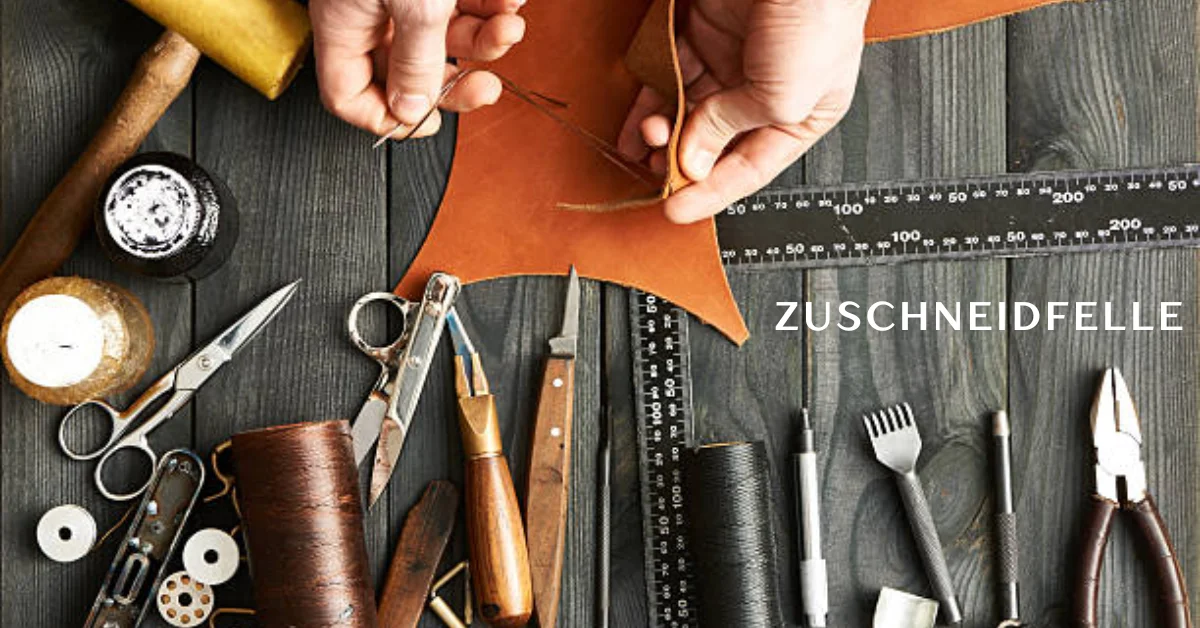zuschneidfelle: Understanding Its Uses, Meaning, and Applications
In niche industries such as leatherworking, fashion, and crafting, certain German terms occasionally appear in technical documentation or product descriptions. One such term is zuschneidfelle, which may sound unfamiliar to non-native speakers but holds significant relevance in specialized manufacturing contexts.
Whether you’re encountering this term on a website, in product listings, or in trade documentation, understanding its meaning and usage can help clarify its purpose in material production.
What Does “zuschneidfelle” Mean?
The word “zuschneidfelle” is a German compound term, composed of two parts:
-
“Zuschneid-“, which stems from “zuschneiden”, meaning to cut to size or pre-cut
-
“Felle”, the plural of “Fell”, which translates to hide, fur, or pelt
Put together, zuschneidfelle refers to pre-cut hides or pelts prepared for cutting. These are typically animal skins that have been processed and made ready for precise cutting, often used in leather goods, upholstery, or fashion production.
Common Industries That Use zuschneidfelle
This term isn’t commonly used in consumer-facing language but may appear in technical documentation or professional supply chains. The following industries are most likely to encounter it:
1. Leatherworking and Tannery
Leather manufacturers may refer to zuschneidfelle when categorizing hides that have already been tanned and prepared for cutting into belts, bags, gloves, or shoes.
2. Textile and Apparel Production
In some cases, faux leather or fabric designed to resemble hide may be labeled under the same term if it’s intended for structured cutting during manufacturing.
3. Automotive Upholstery
Car seats and interiors often require precision-cut leather or synthetic materials, making zuschneidfelle relevant in the early production stages.
4. Craftsmanship and Artisanal Goods
Smaller workshops producing handmade leather items might work directly with zuschneidfelle to ensure uniformity and reduce waste.
Why Pre-Cut Hides Are Useful
Using pre-cut or prepared hides offers several advantages across manufacturing processes:
-
Reduces Material Waste: By working with hides that are already sized or processed for specific uses, manufacturers can minimize offcuts.
-
Saves Time: Preparation steps such as sizing, trimming, or conditioning are already complete, accelerating production.
-
Improves Consistency: Pre-cut materials ensure that product dimensions are more uniform, enhancing quality control.
-
Supports Custom Orders: Some suppliers offer zuschneidfelle tailored to client specifications, allowing greater flexibility in design and production.
Translation Challenges and Context
German compound words like zuschneidfelle can be difficult to translate directly because they merge multiple ideas into one term. Depending on the context, the word might be translated as:
-
Cutting hides
-
Pre-cut pelts
-
Prepared skins
-
Leather ready for cutting
Because of this, understanding the setting in which the term appears—whether in a commercial catalog or industrial process—is key to accurate interpretation.
Is zuschneidfelle a Common Product Term?
While not a keyword in mainstream consumer marketing, zuschneidfelle may be used internally by:
-
German suppliers and manufacturers
-
Exporters dealing in raw materials
-
Trade professionals handling leather or fur goods
If you see this term on a website or product page, it’s likely referring to either the material stage or preparation step of hide-based production.
Frequently Asked Questions
Is zuschneidfelle real leather or synthetic?
It generally refers to real hides or pelts, though the term could occasionally be adapted for faux materials if used in a similar processing stage.
Where can I buy zuschneidfelle?
Specialized leather suppliers, especially those based in or sourcing from German-speaking regions, may use this term in their inventory. Look for industrial material suppliers or custom leather workshops.
Can the term apply to other materials?
Not typically. “Felle” specifically relates to hides or pelts, making the term most relevant in leather and fur-based industries.
Why not just say “leather”?
The term emphasizes the state of preparation. While “leather” is a broad category, zuschneidfelle specifically indicates hides that are cut or ready to be cut.
How is zuschneidfelle used in product labeling?
If listed in technical specifications, it may refer to the source or condition of the material used in the final product, ensuring transparency in production stages.
Final Thoughts
The term zuschneidfelle may not be widely recognized outside of technical circles, but it plays an important role in how materials are described and processed in professional settings. Its use reflects a focus on precision, efficiency, and quality control, especially in industries where material integrity and preparation are essential.
Understanding such niche terms not only supports clearer communication with suppliers and manufacturers but also deepens your appreciation of the careful work that goes into crafting high-quality goods from raw materials.
